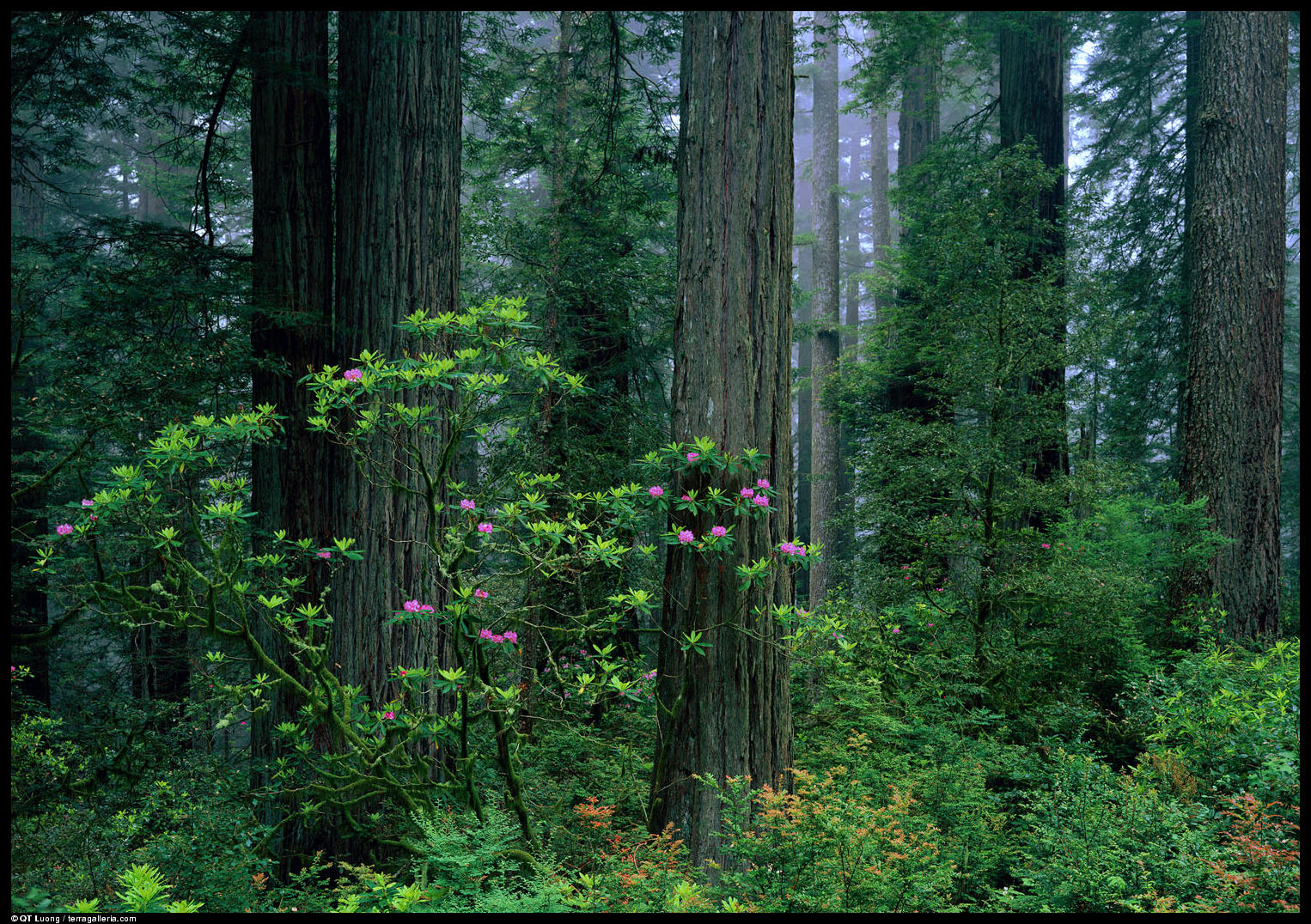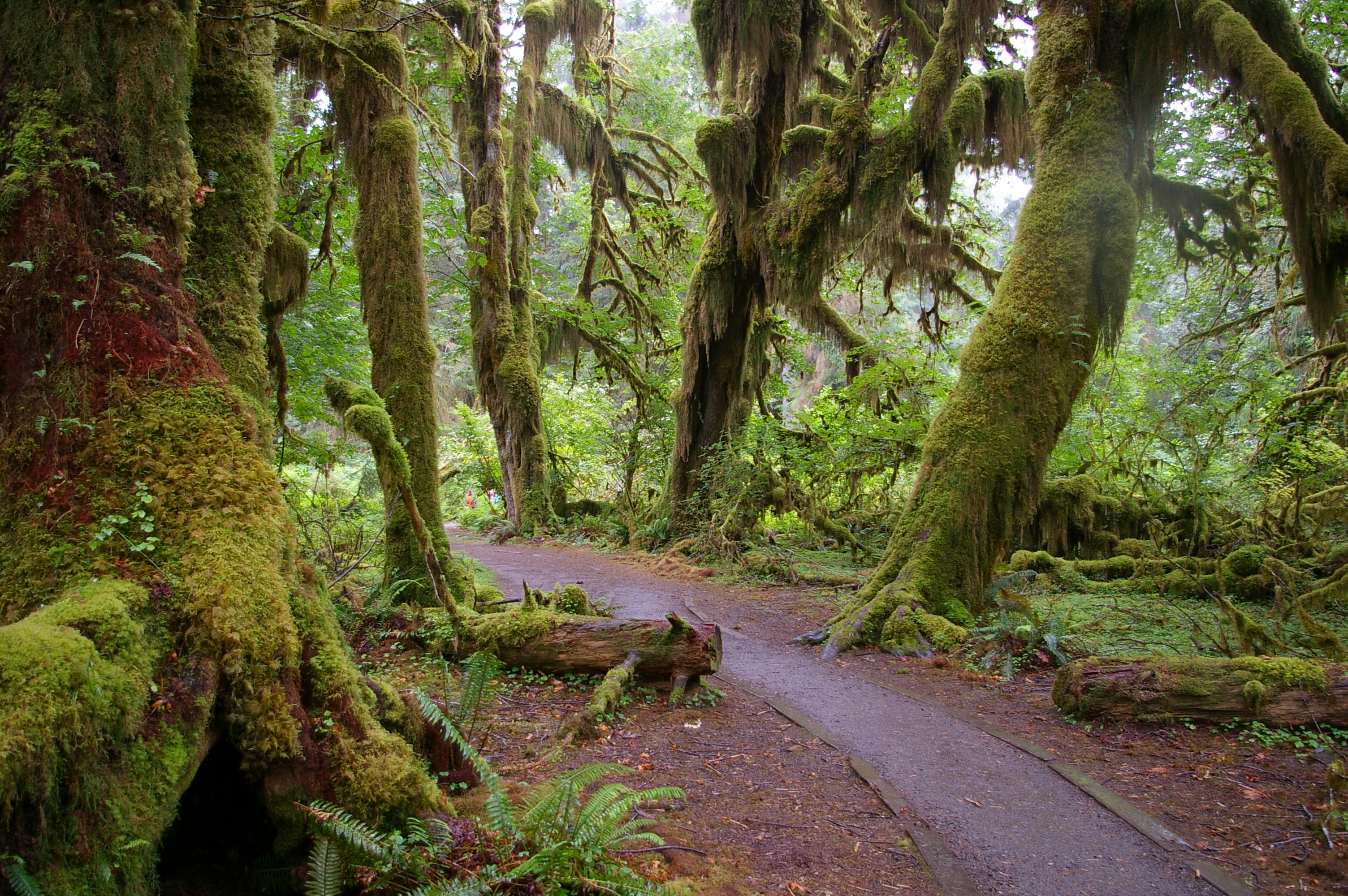
Surfing (or, more relatable to Cascadians, snowboarding) the web recently, I came across what might be called the Holy Grail of Cascadian affairs.
The Sightline Institue, "is a not-for-profit research and communication center" working to, "bring about sustainability--a healthy, lasting prosperity grounded in place". And that place is Cascadia. The Institute manages two Cascadia-specific news blogs,
The Daily Score and
Tidepool (neither as good as mine of course), and also does specific research projects on Cascadian related issues, such as the
impacts of highway-widening, relevant to Puget Sound's
Roads and Transit and B.C.s
Gateway Program. But the true goal (and treasure) of the Sightline Institute is their regional research on Cascadia that is comparable to other areas of the world. While I (and many of you I hope) feel Cascadian at heart, the fact remains that Cascadia is (as yet?) only cultural, not political. Therefore acquiring statistics and data specific to the region requires combining state, provincial, national, municipal, and other sets of figures; a monumental and time consuming task to say the least. Well, until I came across the Sightline Institute that is. I mean, just check out maps like
this, or
this! Perhaps you aren't quite as excited as myself about these random colorful pictures of Cascadia, but having been seriously researching Cascadia for the last couple of months, The Sightline Institute is bringing Cascadia into a whole new realm of genuine reality. I can guarantee that many future posts will use research and information from this premier Cascadian institution.
So, now that I am done raving about this glorious find, I can move on to the actual post, which is a summary of Sightline's recent publication,
Cascadia Scorecard 2007: Seven Key Trends Shaping the Northwest.
"The Cascadia Scorecard, a project started in 2004 by the Sightline Institute, measures long-term progress in the Pacific Northwest. An index of seven trends shaping the future of the region, it is a simple but surprisingly far-reaching gauge. The scorecards indicators - health, economy, population, energy, sprawl, wildlife, and pollution - provide status reports for Cascadia and, by highlighting successful communities, offer a practical vision for a better Northwest."
If you want to read the full 68-page report, click
here. Or, just trust that I did and read the following handy-dandy recap.
1. HealthCertainly one of Cascadia's strong points. Life expectancy is at 79.5 years, which would rank 12th if Cascadia were an independent nation. The Sightline Institute's model goal is 81.3 years, Japan's 2001 life expectancy, and thus, even at the currently slow pace, this goal is reachable within 11 years. Of course, it is important to note that gains in health have been uneven. British Columbia, "remains far and away the healthiest jurisdiction". The metropolitan areas of BC's South are some of the healthiest places on earth, while the healthiest places of Oregon and Washington aren't even standouts in the US. The healthcare system in BC as well as the compact communities of metro Vancouver both factor into its success. In 2007 Washington state increased access to preventitive health care which could help boost scores in the future.
2. EconomyThe economy is a bit difficult to deduce. On the up-side Gross Regional Product grew by 72% from 1990 - 2005, while total personal income grew by 56% in the same period (inflation-adjusted). Yet, it looks as though medium and low-income households have seen almost no actual change in that 15 year period, British Columbia actually showing a slight decline. Other economic measrements, such as economic security and unemployment, have seen many ups and downs in recent years and there seems to be no set direction towards progress. The Sightline Institute concludes that without more regional research by policymakers, "Cascadia is flying blind" as far as its economy, tending to rely on national progress for improvements.
3. Population
The population growth of Cascadia has remained fairly constant over the past two decades with a birth rate of about 1.8. The target here is 1.7 (that of many Scadanavian countries) but unfortunately progress is going slow. The tendency is that more rural areas have higher rates (closer to 2) while metropolitan areas have lower rates (closer to 1). Thus, The east side of the Cascades (aside from Spokane) tends to be the area where the most improvement can be done. The most important issue is minimizing the amount of unwanted pregnancies. We are on the right track since recently both Montana and Oregon joined Washington and California in allowing for more equal treatment of prescription contraceptives. Another way to lower unwanted pregnancies is through economy as data shows that as income decreases, birth rates increase.
4. EnergyBy far the worst-performing area on the scorecard. The Sightline found that Cascadia is region, "every bit as profligate with energy as it was three decades ago". Of course, not all the news is bad. Gasoline consumption has been falling consistently for the past seven years. Sadly, to offset this, electricity has seen a sudden jump in recent years. Sightline looks to Germany as a model for Cascadia where energy consumption is half and total standard of living is higher. Some measures that we can take to achieve this is carbon-based taxes, better city planning and public transportation, and probably the biggest, better awareness and concern for energy use.
5. SprawlWhile traditionally sprawl has been a bane of Cascadian communities, Sightline found that the compacted living arragements are making a resurgence in the area. In fact, the model for Cascadia overall is the metro area around Vancouver, BC. Although far from perfect, Vancouver has done a fine job with infill, protecting open space, and building close-knit communities where walking and public transportation are easy and efficient. In recent years Oregon has also been a leader in this area. Hoping to protect their traditional farmlands they have carefully channeled groth into urban areas. This is not to say that everything is on the right track. In 2004 Oregon's Measure 37 was a big set back for sprawl, allowing developers to gain compensation for developed lands. But, as a whole Cascadia seems to be slowly heading in the right direction, with speed picking up consistently.
6. WildlifeModest gains in wildlife numbers have been shown in recent years, mainly from Wolf populations in Idaho and Chinook salmon runs. Of course, even on the present course it would take 69 years to meet the Sightline's target goals, which themselves are only a fraction of historic population sizes. One huge target needs to be improving the waters of Puget Sound and the Columbia River, both areas full of toxic chemicals from idustrial endeavors. As well, creating protected wilderness areas for animals, such as wolves, to roam can be crucial. Wolves, who have rebounded from near extinction, play an unprecedented role in the ecological system of Cascadia. Allowing them the space and freedom to roam will help control and balance many other parts of the ecosystem within the region. Smart and managed building (such as dams and urban sprawl) will also play a large factor in the health of our future wildlife.
7. PollutionContamination in Cascadian bodies is high, just like much of the rest of the United States and even the world. Since data testing on this subject is still in its infancy, finding any solid trend is difficult. Luckily, governmental and popular awareness is increasing but the effects of our past mistakes are probably going to haunt us for years to come. Dealing with toxic waste sites, such as the
Duwamish River, and making sure that future construction pays close attention to the environmental effects will be paramount over the next few decades.
ConclusionThere are four important lessons to take away from this publication.
First, energy consumption is "stuck in high gear" and drastic actions need to be taken to decrease this.
Second, British Columbia performs on average far better than the rest of Cascadia. BC's health care system is foundational to health, fertility, and even economic stability. As well, a comprehensive transportation plan, which has far fewer roads and highways than the Norhtwest States, stems sprawl, protect environment, lowers pollution, and increase health. Cascadians should be championing their own successes and looking internally to British Columbia instead of to the rest of the United States for future leadership.
Third, while human inhabitants of Cascadia are doing fairly well, other most other creatures in the environment are barely holding on. We need to look critically at where we are building and growing and how we can maintain a wildlife that is abundant and healthy. As one of the last colonized places on earth, Cascadia's wildlife should be more intact than most elsewhere. It should be a regional goal to make this happen.
Fourth, and finally, there is reason for optimism. While not all areas are showing significant improvement, few are showing rapid decline either. Awareness and understanding of the issues that plague our region at least give us the knowledge to do something about it.




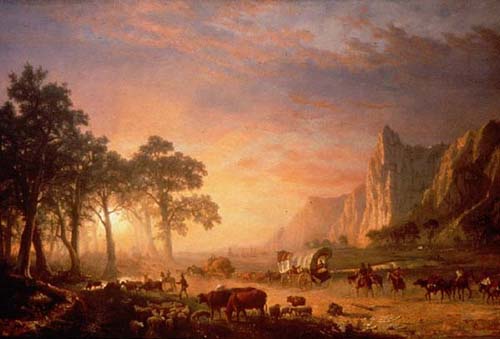


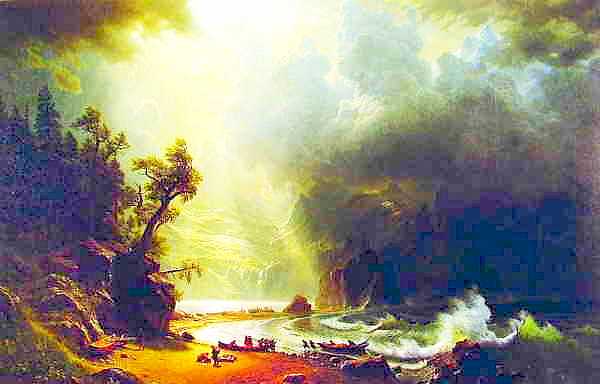








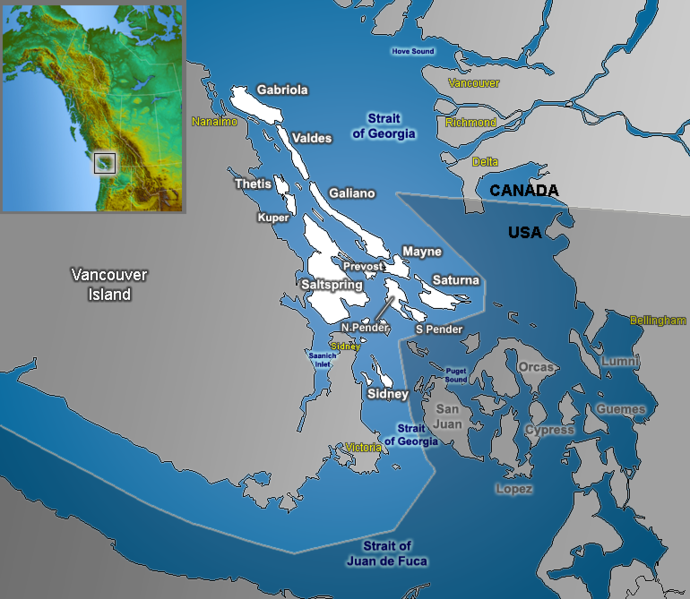




cas1.gif)

cas2.gif)






